How To Diagnose Gi Lymphoma In Cats
When ultrasound is suggestive and biopsy is not an option alternative pathways to diagnosis are needed. Gastrointestinal lymphoma in cats.

Feline Cutaneous Lymphoma Figure 1 Diffuse Anaplastic Large B Cell Download Scientific Diagram
Aggressive chemotherapy survival is 3 months if cat.

How to diagnose gi lymphoma in cats. The VDI Cancer Panel is a tool when used in conjunction with an ultrasound that can help rule-in LSA in the suspected cat. There are two main types of lymphoma. These two types of cancer act very differently.
If cancer is suspected in the gastrointestinal tract chest liver or spleen your vet may also perform chest x-rays and ultrasounds. These include blood tests cell count urinalysis and biopsy. How do I check if my cat has lymphoma.
Ultrasound image from a cat with a gastic wall lesion consistent in appearance with lymphoma with a loss of the normal wall layering. High-grade large cell lymphoma. Low-grade small cell lymphocytic feline GI lymphoma is composed of small relatively.
In cats with GI lymphoma when masses are present samples may be obtained by placing a needle directly into the mass and retrieving cells with guidance from an ultrasound. Your vet may also use a number of tests in order to confirm a diagnosis of lymphoma. Further testing with B T cell immunophenotyping is sometimes recommended to determine if your cat has B or T cell lymphoma.
Diagnosing feline lymphoma is dependent on the location of the symptoms. These include blood tests cell count urinalysis and biopsy. Your vet may also use a number of tests in order to confirm a diagnosis of lymphoma.
Its therefore important to have gastrointestinal lymphoma on your radar and if your cat exhibits any of these symptoms especially unexplained weight loss then take them to your GP. The most common lymphoma in cats occurs in the stomach and intestines a condition called intestinal lymphoma. Cytology from a lymph node gave a diagnosis of high grade lymphoma.
Some cats may present with a mass and no apparent signs of illness. Low-grade small cell lymphoma. This type makes up almost 70 of feline lymphoma cases.
If cancer is suspected in the gastrointestinal tract chest liver or spleen your vet may also perform chest x-rays and ultrasounds. Low-grade or small cell lymphoma most commonly affects the GI tract and grows more slowly. It is also the most common form of gastrointestinal neoplasia in cats.
Feline GI lymphoma is histologically classified as low intermediate or high grade according to the size and anaplasticity of the neoplastic lymphoid cells. How to Diagnose Lymphoma in Cats To diagnose lymphoma your veterinarian will need to take a detailed medical history and complete a series of tests. Two types of lymphoma in cats.
Your veterinarian also may perform baseline screening bloodwork before testing for lymphoma in order to assess your cats overall health and rule out other causes of your cats clinical signs. What is the prognosis. The signs of illness that will vary depending on the extent and location of lymphoma.
Lymphoma is the most common feline neoplasm. Treatment Options If your cat is found to have GI lymphoma the most likely treatment will be chemotherapy. Cats with intestinal lymphoma tend to be seniors aged 913 years on average with a history of chronic gastrointestinal issues such as IBD IBS weight loss vomiting.
However the most common symptoms include chronic diarrhoea vomiting weight loss and constipation. Diagnosing lymphoma requires finding cancerous cells on microscopic examination. Diagnosing Lymphoma In Cats The only way to accurately diagnose lymphoma in cats is by identifying the cancerous cells under microscopic examination.
Gastrointestinal GI or alimentary lymphoma is the most common form of lymphoma in cats1-3. 80 go into remission for 2-3 years Large cell GI lymphoma. Aggressive chemotherapy 50 with some remission survival 3-10 months.
Small cell GI lymphoma. Your veterinarian may perform diagnostic blood work and x-rays to get a full picture of what your cat is facing but will require more to give you an exact answer. A bone marrow biopsy can confirm the diagnosis conclusively but your furry friend may first undergo a blood test biochemistry profile urinalysis and X-rays.
Because it is slower growing oral chemotherapy drugs eg prednisolone chlorambucil are typically used with this type of lymphoma. Much like lymphoma in dogs symptoms and severity can vary between cats. GI Lymphoma in Cats.
Diagnosis is usually confirmed with sampling the affected organ and lymph nodes by either cytology fine needle aspirate samples or biopsy tissue sample. Gastrointestinal lymphoma is often referred to as either well differentiated low grade or lymphocytic poorly differentiated high grade lymphoblastic or immunoblastic and. Differentiating GI Lymphoma from Inflammatory Bowel Disease IBD continues to be a challenge in many cats.
Diagnosing Lymphoma In Cats. Ultrasound image from a cat showing an infiltrate in the intestine resulting in a loss of wall layering. If GI lymphoma appears likely your vet may order addition tests like a biopsy of intestinal growths x-ray or ultrasound scan or complete blood workup.

Figure 3 From Feline Alimentary Lymphoma Semantic Scholar

Extranodal Lymphoma In The Cat Semantic Scholar
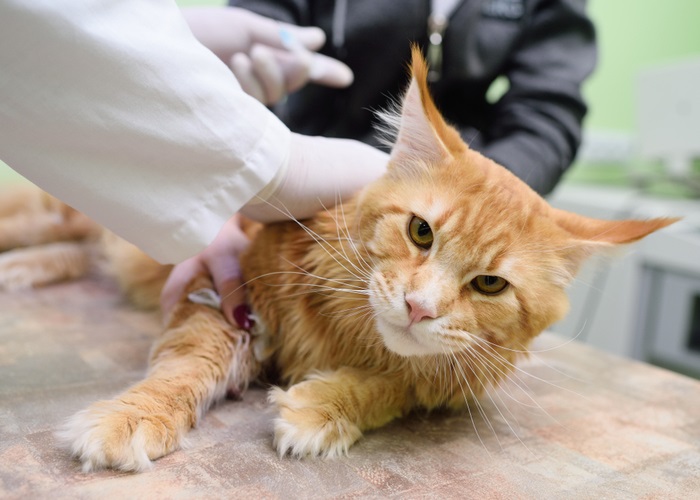
Lymphoma In Cats Symptoms Diagnosis Treatment All About Cats

3 Ways To Treat Feline Intestinal Lymphoma Wikihow
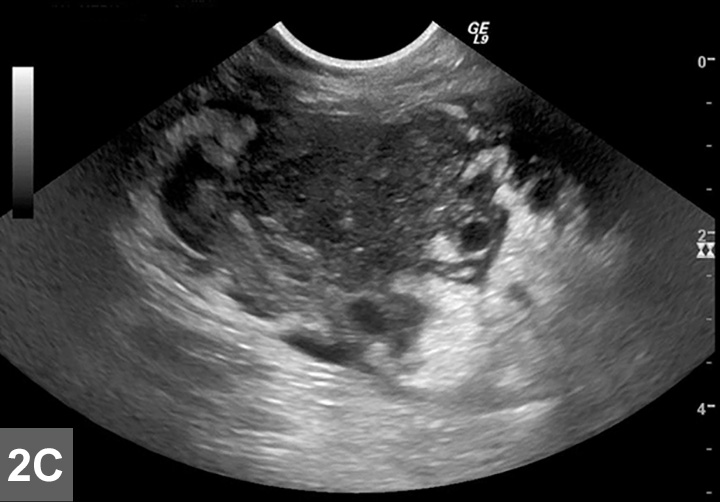
Feline Lymphoma Clinician S Brief
Lymphoma In Cats Veterinary Partner Vin

How To Diagnose Feline Intestinal Lymphoma 9 Steps

7 Signs Of Feline Lymphoma Petcarerx

Nasopharynx Diffuse Large B Cell Lymphoma Immunoblastic Morphology Download Scientific Diagram
Lymphoma In Cats Veterinary Partner Vin

What You Need To Know About Feline Intestinal Lymphoma Vlog 98 Youtube
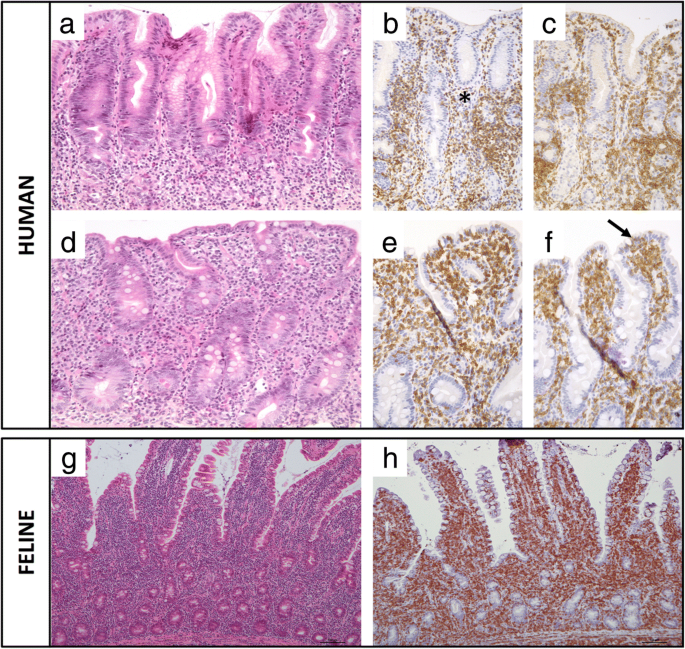
Feline Low Grade Alimentary Lymphoma An Emerging Entity And A Potential Animal Model For Human Disease Springerlink
Cutaneous Lymphoma In Cats Veterinary Partner Vin
Http Vet Sagepub Com Content 49 4 658 Full Pdf

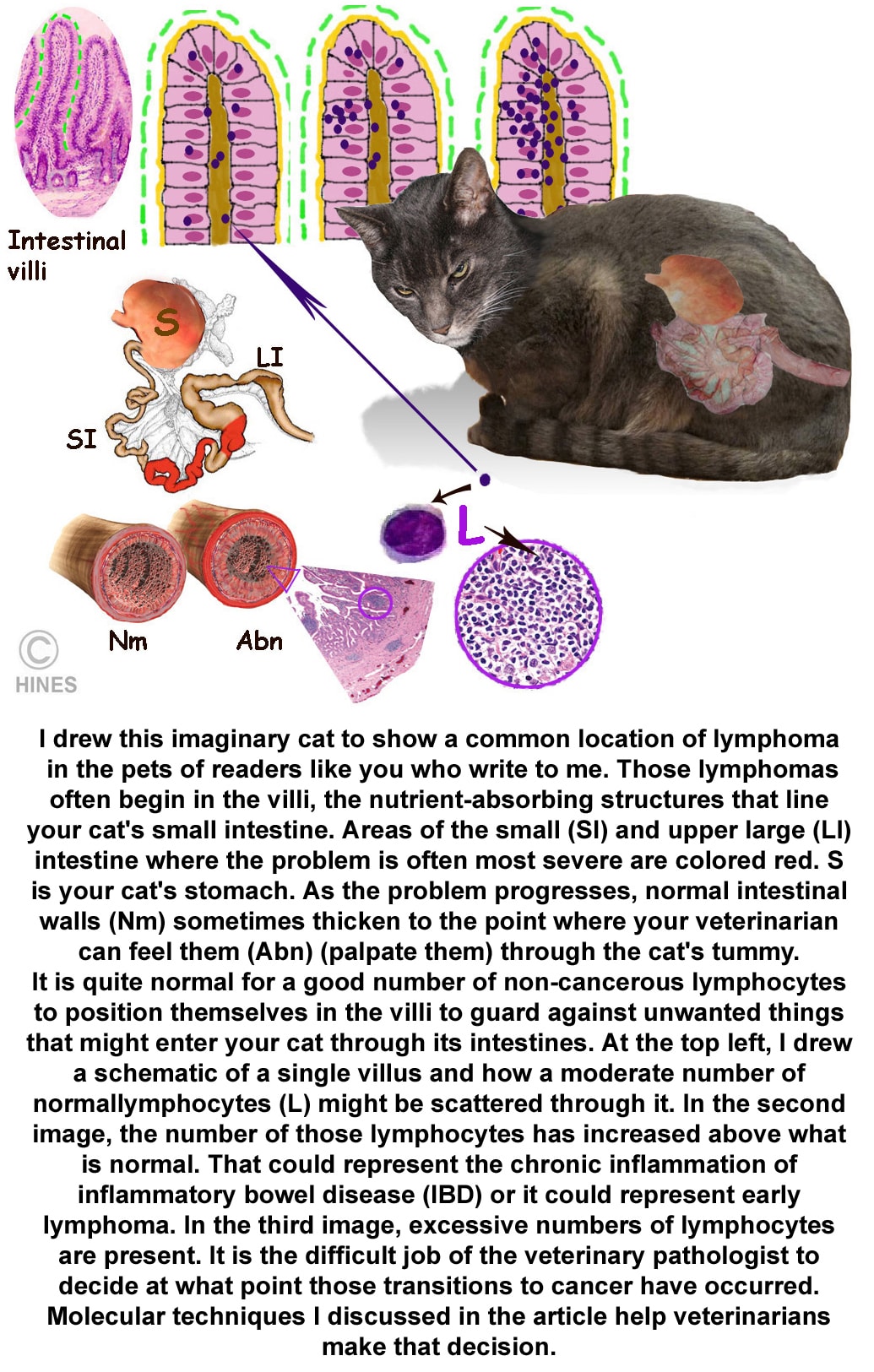


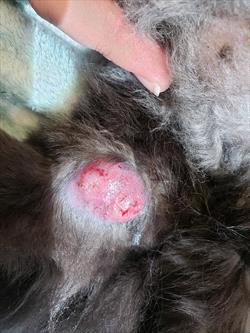

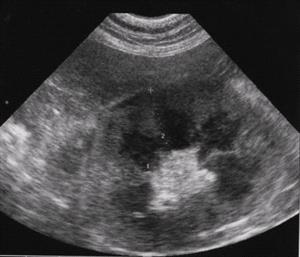
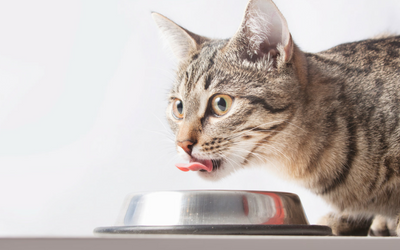
Post a Comment for "How To Diagnose Gi Lymphoma In Cats"